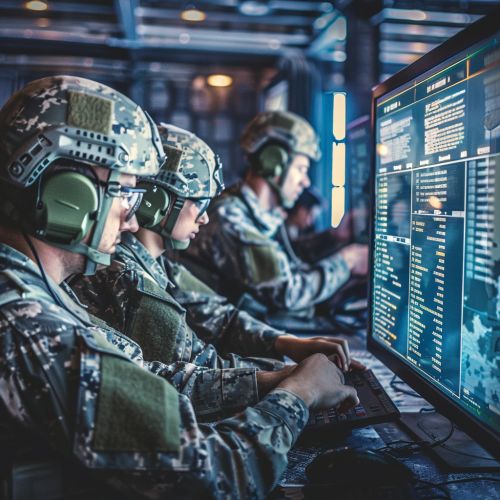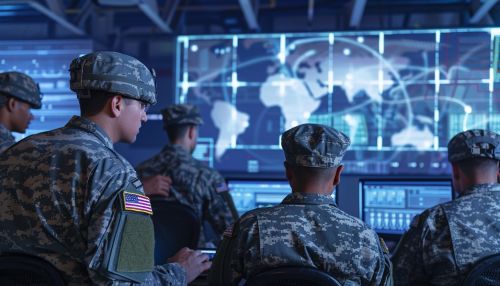Military Intelligence
Overview
Military intelligence is a military discipline that uses information collection and analysis approaches to provide guidance and direction to assist commanders in their decisions. This information may be derived from counterintelligence, signal intelligence, or human intelligence. Military intelligence is often contrasted with espionage, which is the activity of spies outside the military.
History
The origins of military intelligence date back to ancient times. In the Roman Empire, military intelligence was a key part of the Roman military machine. The Romans used spies to gather information about enemy forces, and they also used scouts to observe enemy movements and report back to their commanders.
In the modern era, military intelligence has become a crucial part of national security. During the First World War, military intelligence played a key role in the outcome of the war. The use of cryptography and radio intelligence allowed nations to intercept and decode enemy communications, providing valuable information about enemy plans and movements.


Collection Methods
There are several methods of collecting military intelligence, including:
- Human Intelligence (HUMINT): This involves gathering information from human sources. This can be done through interrogations, interviews, or conversations with individuals who have access to valuable information.
- Signal Intelligence (SIGINT): This involves intercepting signals between people, electronic signals, and signals from equipment. This can include radio communications, radar signals, and other forms of electronic communication.
- Imagery Intelligence (IMINT): This involves gathering information from images. This can be done through satellite imagery, aerial photography, or other forms of image capture.
- Measurement and Signature Intelligence (MASINT): This involves gathering information from the physical and electromagnetic characteristics of certain objects or events.
Analysis
Once information is collected, it must be analyzed to be useful. Analysis involves interpreting the data and turning it into actionable intelligence. This can involve determining the significance of the information, evaluating its reliability, and synthesizing it with other information to create a comprehensive picture of the situation.
Dissemination
After analysis, the intelligence is disseminated to the relevant parties. This can include military commanders, policy makers, or other intelligence agencies. The dissemination of intelligence is a critical step in the intelligence process, as it ensures that the information reaches those who need it to make informed decisions.
Challenges
There are several challenges associated with military intelligence. These include the difficulty of obtaining reliable information, the risk of disinformation, and the need to protect sources and methods. Additionally, the rapid pace of technological change presents both opportunities and challenges for military intelligence.
